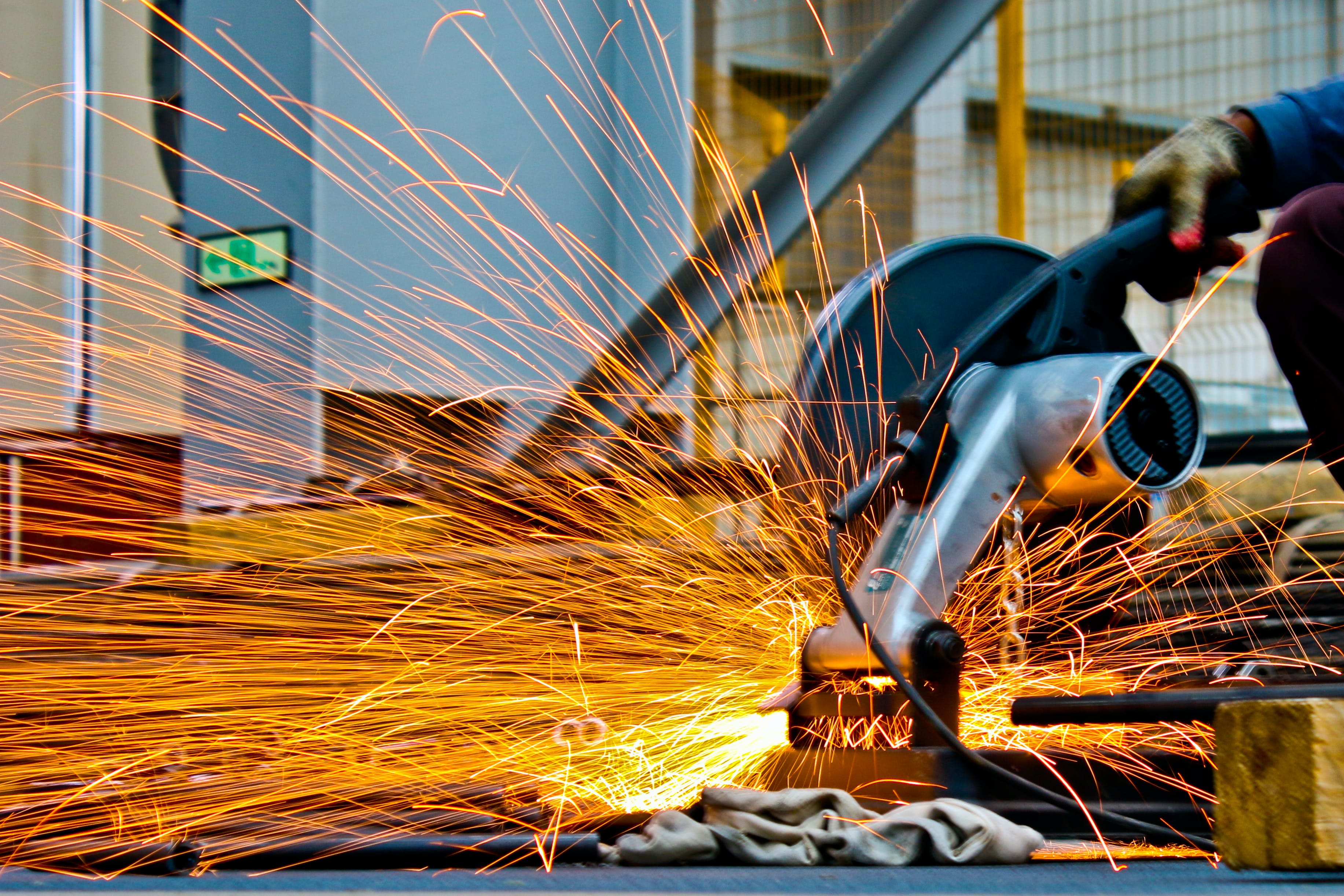The 30HP Ice Storage Chiller system (with a cooling capacity of approximately 88kW) has become a popular solution for energy-efficient cooling, particularly in regions with significant price differences between peak and off-peak electricity rates. However, the cooling coverage area is not fixed and varies depending on multiple factors. In this blog, we will discuss the system's estimated cooling capacity, ideal use cases, and strategies to enhance its cost-efficiency.

1. Estimating the Cooling Capacity of a 30HP Ice Storage Chiller System (Approx. 88kW)
The cooling capacity supported by a 30HP ice storage chiller depends on various factors, including building type, insulation, equipment efficiency, and load matching. Here's an estimation based on different applications:• Office Buildings: For typical office buildings with cooling loads around 100-120W/㎡, the system can cover approximately 730-880㎡.
• Commercial Buildings: In commercial spaces with a cooling load of 150-200W/㎡, the coverage is around 440-580㎡.
• High-Density Spaces (e.g., Data Centers): In environments with higher loads of >500W/㎡, the system can only cover about 175㎡.
The cooling coverage will also be affected by:
• Building Insulation: Better insulation leads to more efficient cooling.
• Equipment Age & Efficiency: Newer, more efficient systems deliver better performance.
• Ice Storage Strategy & Melting Speed: The amount of ice stored and the speed of melting must match peak daytime load demands.
Thus, the 30HP chiller is ideal for cooling spaces ranging from 500 to 800㎡ for regular commercial or office spaces, but precise calculations should be made based on the specific project's cooling load.
2. Ideal Applications for Ice Storage Chiller Systems
While ice storage chillers offer great energy-saving potential, their economic benefits are most pronounced in certain scenarios:• Regions with Significant Off-Peak Pricing: The presence of a large price differential between peak and off-peak electricity is essential for optimizing savings.
• Short-Duration, High-Cooling Load Scenarios:
o Shopping Malls, Theaters, and Stadiums: These venues often experience high peak cooling loads during business or event hours, coinciding with high electricity prices.
o Office Buildings: Concentrated cooling needs during working hours, especially in the afternoon, can be met by the chiller's ability to supply cooling steadily through ice storage.
o Data Centers: These require continuous cooling year-round, and ice storage can help balance peak daytime loads.
o Hospitals and Laboratories: Certain areas need 24-hour cooling, which the system can provide using ice storage for stable daytime supply.
o Power Capacity Limited Projects: Ice storage can significantly reduce daytime peak power demand, alleviating strain on transformers and saving on capacity expansion costs.
o Critical Facilities with High Cooling Stability Needs: Ice storage can serve as an emergency cooling source, improving the reliability of the system.
Chiller
To maximize the return on investment for a 30HP ice storage chiller, consider the following strategies:Precision Design & Load Matching
• Accurate Load Calculation: Ensuring the chiller is neither over- nor undersized is crucial to maintaining efficiency and cost-effectiveness.
• Optimized Ice Storage Strategy: Depending on actual cooling load curves and electricity pricing, businesses can choose between full or partial ice storage and adjust the ratio accordingly.
System Integration Optimization
Ensure the chiller, ice storage tank, plate heat exchanger, water pumps, and end-user units are well-matched and integrated for seamless control and operation.
Take Advantage of Policy Incentives
• Government Subsidies: Many regions offer financial incentives for energy-saving systems, such as subsidies or discounts from power companies or local governments.
Smart Operation & Maintenance
• Advanced Control Systems: Implement intelligent controls that optimize ice production, melting, and unit activation based on weather forecasts, energy prices, and historical load data.
• Proactive Maintenance: Regular maintenance of the chiller, water pumps, valves, and control systems will ensure long-term efficiency and lower operational costs.
Optimize Initial Investment (Within Reason)
• Cost-Effective Equipment Selection: Balance the performance and quality requirements with initial investment and operational expenses.
• Utilize Existing Infrastructure: Consider using existing pipes, end-user equipment, or cooling spaces in retrofit projects to reduce costs.
Conclusion
The 30HP ice storage chiller is an efficient solution for medium and small commercial buildings facing high peak electricity costs and looking to alleviate power grid pressure. It is especially effective in environments where cooling demand is concentrated during peak periods, and where electricity prices fluctuate significantly. By employing precise load calculations, optimized system designs, leveraging policy support, and implementing smart operation strategies, businesses can significantly enhance the cost-effectiveness of their cooling systems.
